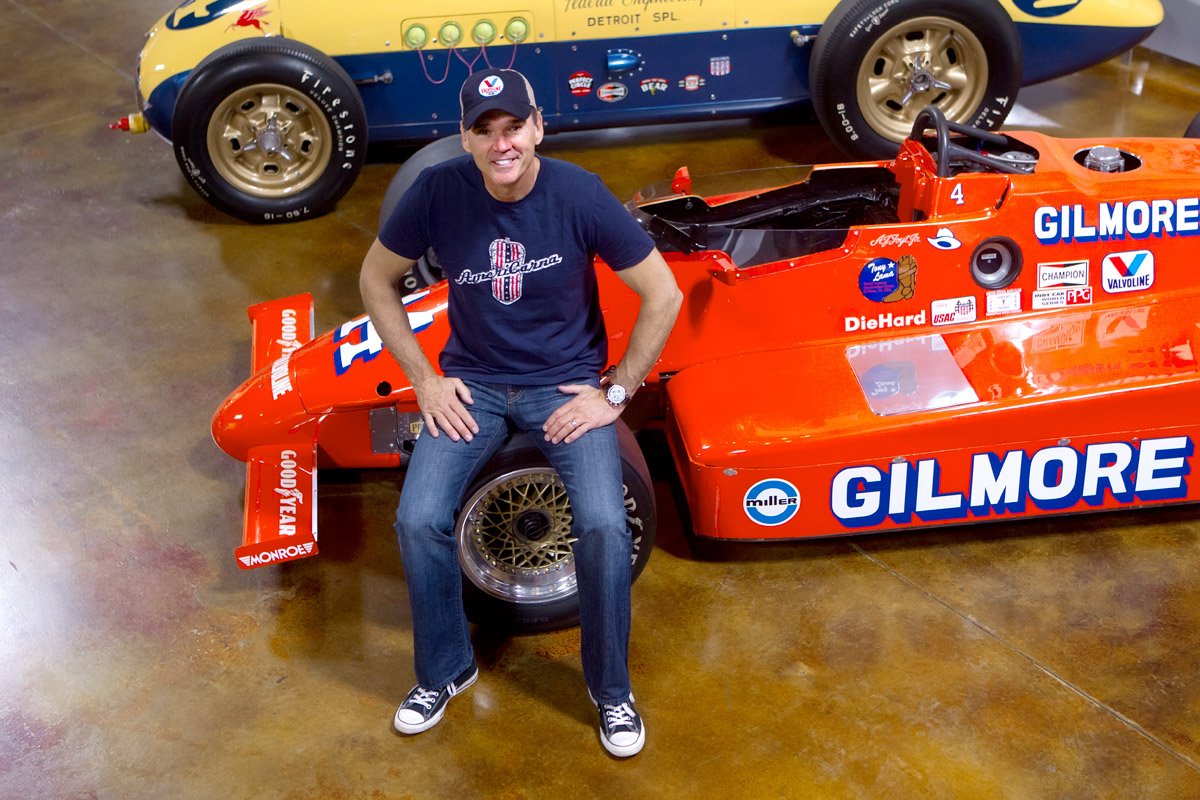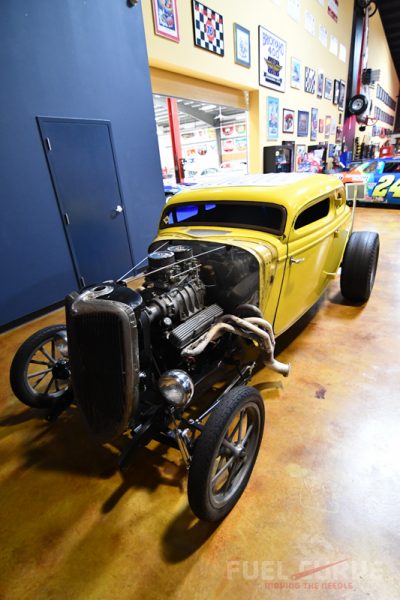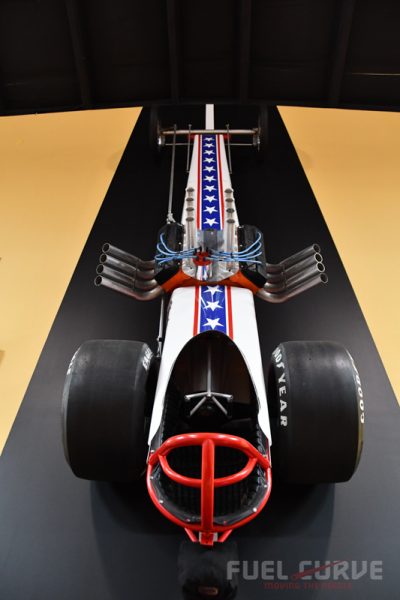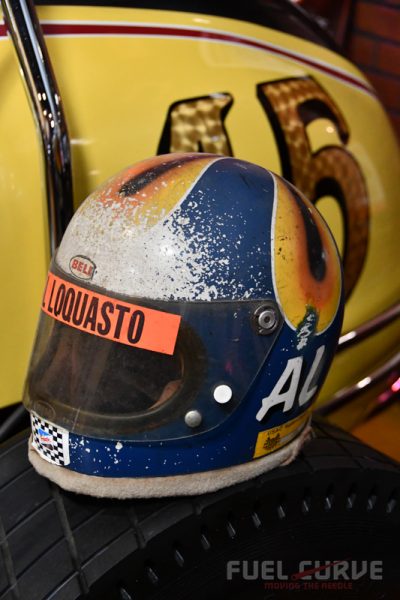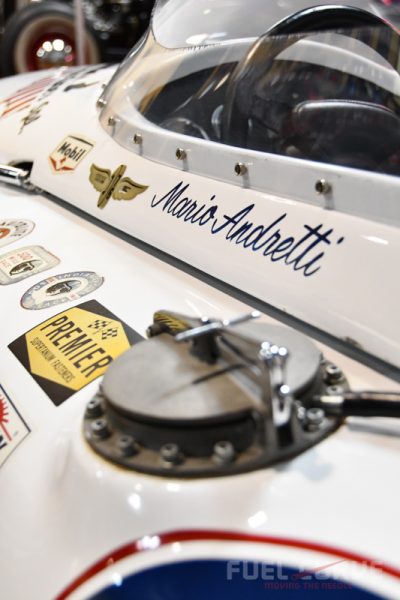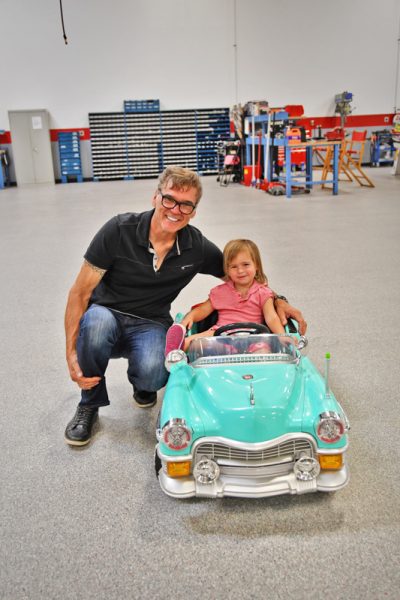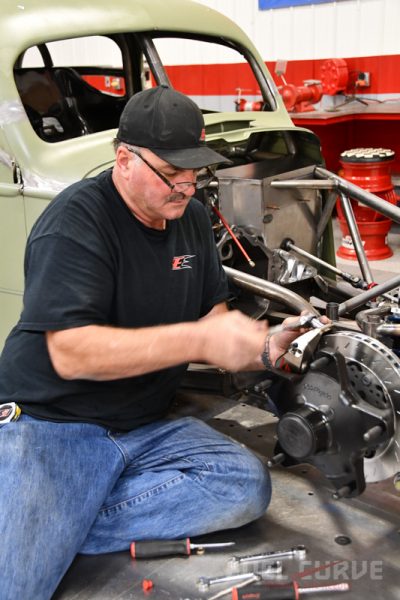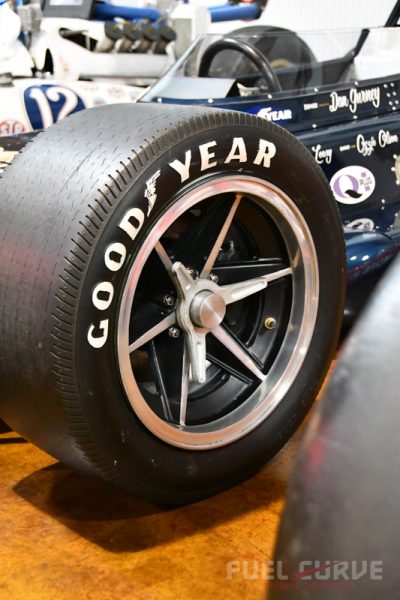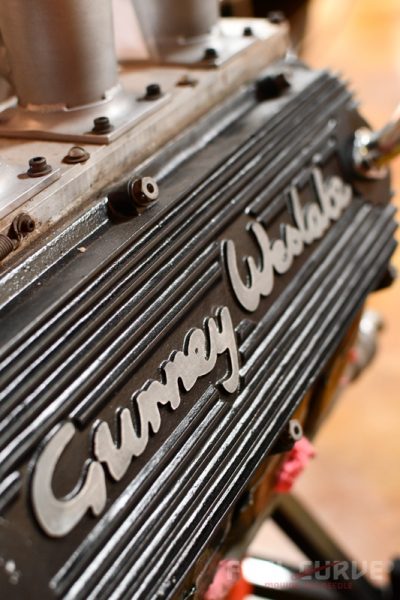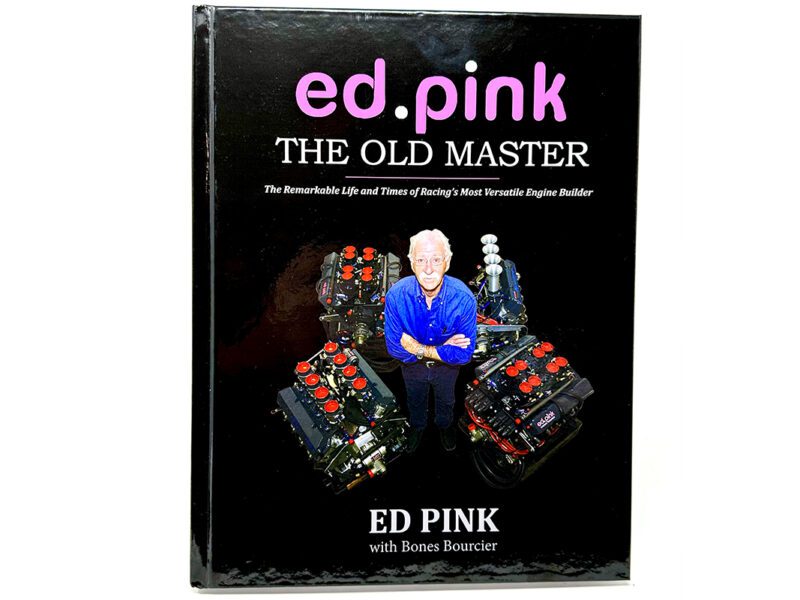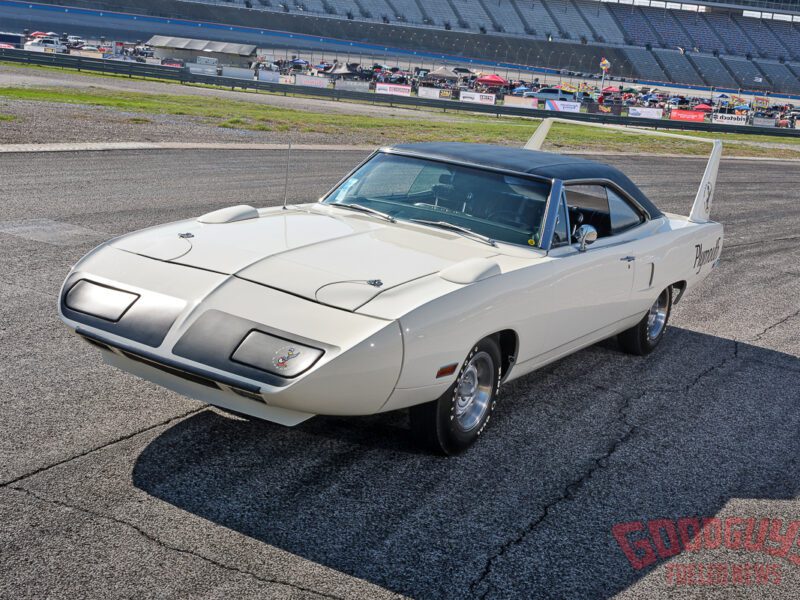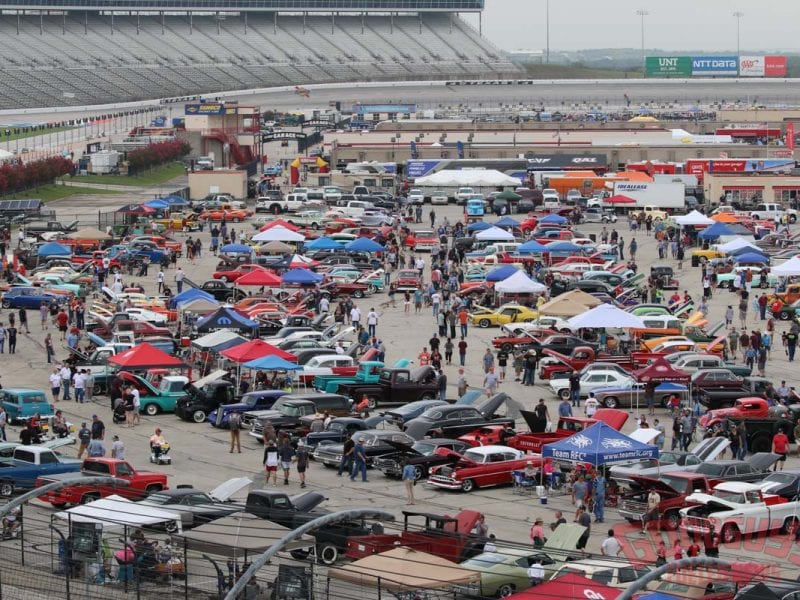Ray Evernham – A Car-Guy Conversation at his Motorsport Museum
Car guys, when and where did your obsession start? Was it street cars or racing, wrenching or wheeling? That spark started somewhere in time, steering your life choices towards all things automotive. Are you the creative type who needs to build something, translating some idea in your head into something unique and personal? Maybe it’s racing that moves your needle, only happy behind the wheel riding the razors edge of control? What if you were a little bit of both? How would you balance these obsessions? For Ray Evernham, a championship winning NASCAR crew chief and host of Velocity’s “AmeriCARna,” it was a complex career in racing. Having done everything from driving to team ownership, he has since moved on to other automotive interests and has an awesome private collection as you’ll see here. Ray was gracious enough to share the collection with us and sit down to answer some questions about his past, what occupies his life now, and his thoughts on what is happening in the’s stock car racing world today.
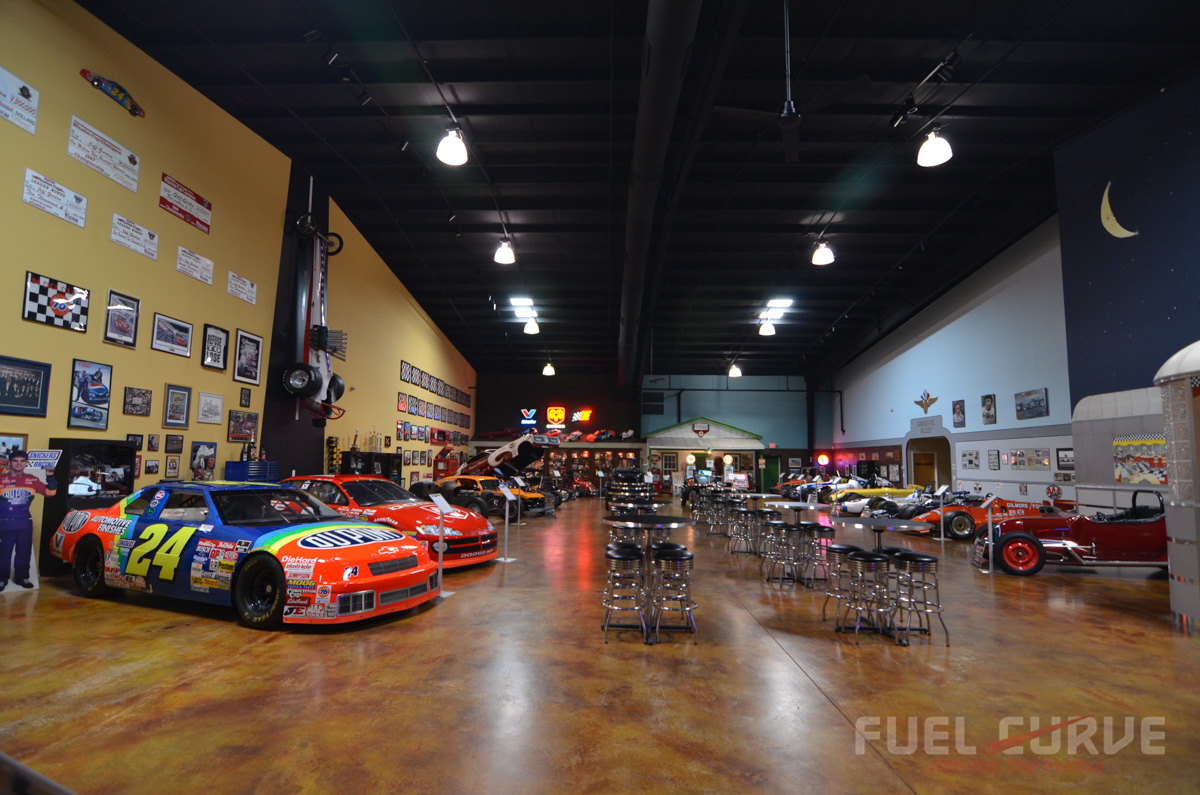
Fuel Curve: Family vs. racing, what was the most difficult part of balancing the two?
Ray Evernham: That’s the million-dollar question, 10-million dollar question, 100-million dollar question. It is a very difficult situation. Anybody who has ever been in a professional sport or business knows that there are times your family is going to sacrifice for your success or the success of the people around you. When you’re leading a team, your family sometimes ends up suffering more than some of the other folks, so it’s a very difficult balance. I can tell you from personal experience that to accomplish something at the very top level of sports or business you are somewhat selfish and I have certainly been accused of that. I don’t know of any way to accomplish something at a top level and still give enough time for your family so that’s why the best you can hope for is to wrap up your career and then try and give that time back.
Fuel Curve: What characteristics do you feel contributed to you winning NASCAR Winston Cup Illustrated “Person of the Year” in 1999?
Ray Evernham: Oh those things, you know, sometimes I think it’s just a matter of a movement or what you’re doing in the press at that time. Those things are really great, but there’s so many deserving people that it’s hard to pick one. I think a lot of the publications struggle with that same thing, so they try and spread it around a little bit so that everybody’s charity can be recognized. But I think the fact that I had shown leadership to win championships at Hendrick Motorsports and build a team while at the same time helping start some of the programs for the Leukemia Society with Jeff (Gordon) as well as leading the Light the Night program, we raised a lot of money for leukemia research. During that time we were getting a lot of press and accolades. I think all those things combine together. Nascar Illustrated was able to reach more people because of that. Timing is everything with something like that, because there are just so many deserving people out there, but I am very proud of having been picked for that award that year.
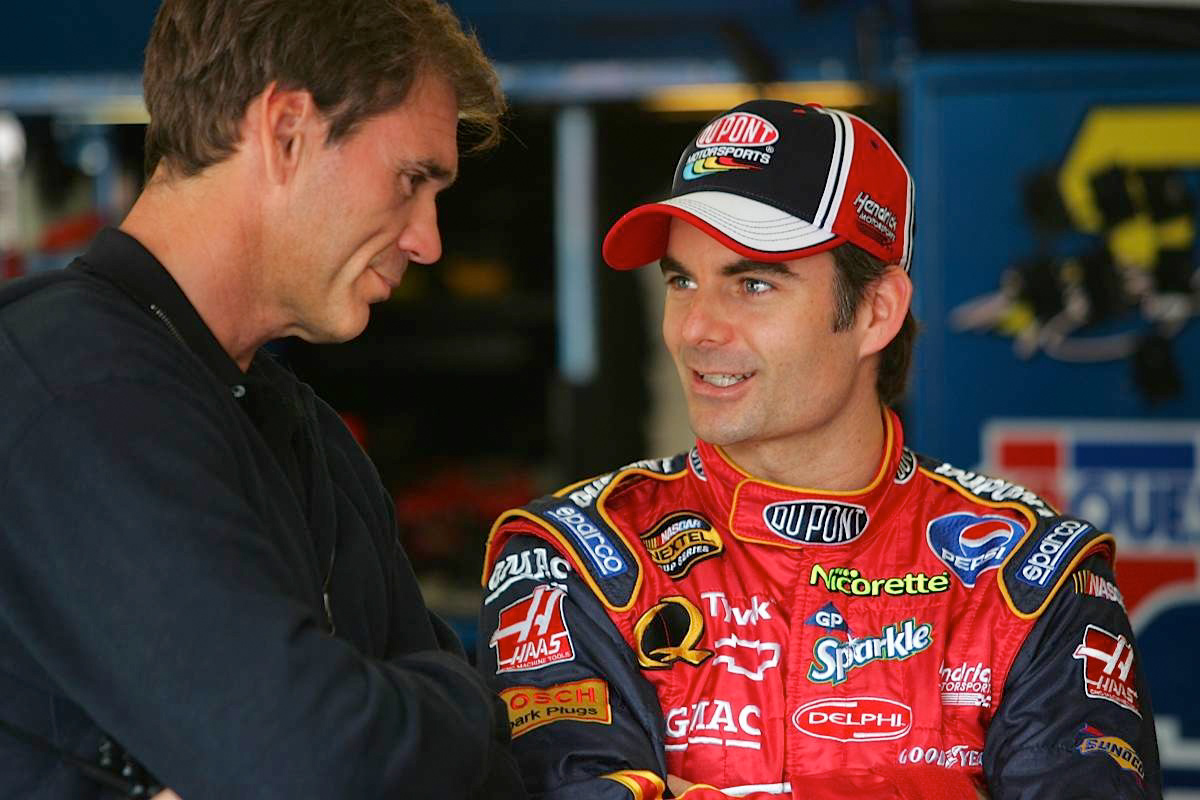
Fuel Curve: Just how talented was Jeff Gordon as a driver?
Ray Evernham: Unbelievable. Unlimited. Love Jeff like a brother; still feel like he should have won more championships and more races. You know, again, a lot of things are easy for me to say, because I wasn’t there and you know I left Hendrick in 1999 to start my own deal but I felt his talent and his ability to make something happen on the racetrack go in his favor was unlike anyone I had ever seen.
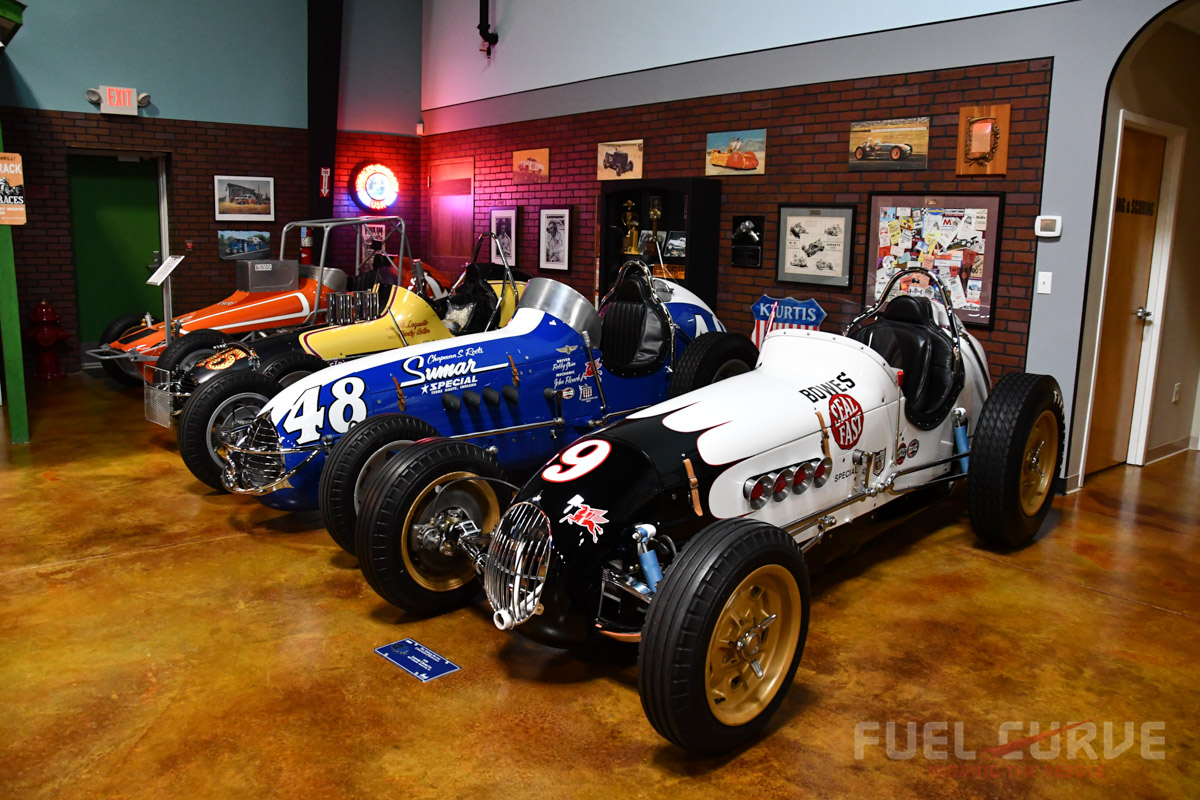
Fuel Curve: Tony Stewart, now Dale Jr will no longer be driving in NASCAR races. Your thoughts on that?
Ray Evernham: It’s a shame but it’s the way of the world, it’s the circle of life, it’s a circle of sports; it’s a circle or whatever you want to call it. We have all been lucky enough to be in a time to see some great drivers come through. I’m sad to see Tony not on the track anymore, and I’m sad to see Jr’s driving career ending soon. Both of those guys are still involved in the sport, so you still have their influence on it and they’re making room for the Ryan Blaney’s and the Chase Elliott’s and the Bubba Wallace’s and Daniel Suarez’s etc. There are young guys coming and there’s a new group of people that will be fans for them, just like baseball or football. You know, football has lost its Montana’s and Elway’s and you know someday it will lose its Tom Brady’s and people like that. But there will be somebody coming behind him and we’re just in that cycle right now where some of our stars are starting to look at the end of their career.
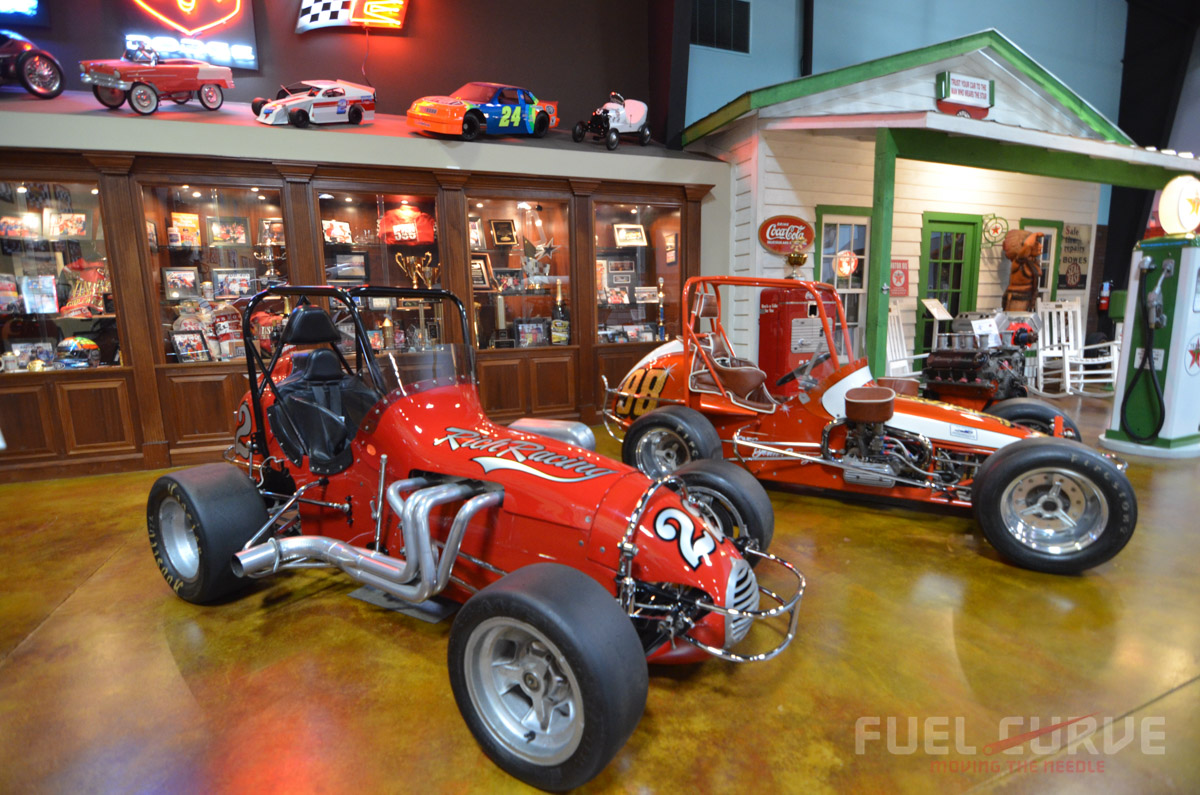
Fuel Curve: Who are the next young bad asses in NASCAR?
Ray Evernham: I think they are easy to pick out. You look at some of these kids, they are just unbelievable. I think Kyle Busch will end up being the Elder Statesman, I don’t even know if he’s 30 years old yet, he’s an incredible driver. Look at Chase Elliott coming along and Daniel Suarez. Ryan Blaney, who has already been to Victory Lane, Bubba Wallace, Eric Jones; I can go on and on. There are all these young guys that we haven’t even seen to start to break through yet like Alex Bowman, William Byron, and John Hunter Nemechek. Right off the top of my head, there are 8-10 guys that I know that are going to put on a good show in Cup cars.
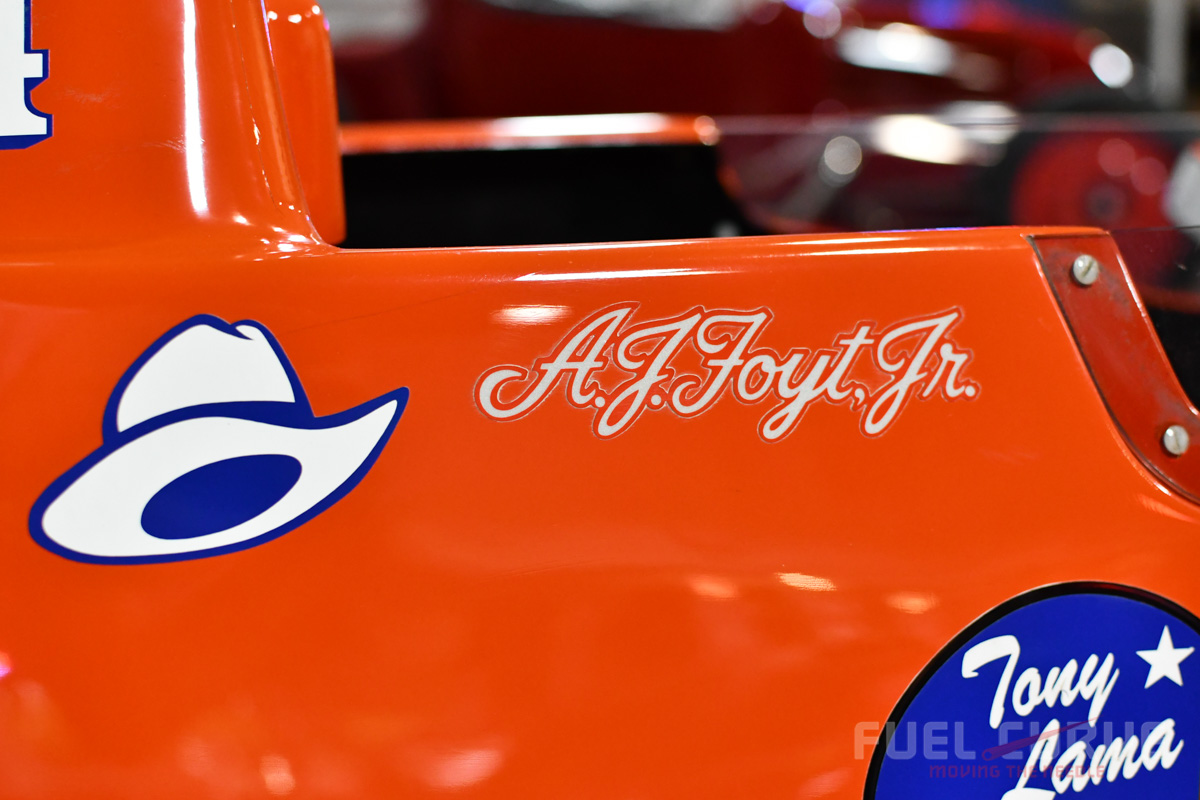
Fuel Curve: Why hasn’t NASCAR ever created a PGA-style senior tour? A vintage series featuring the cars and stars of the 60s-80s.
Ray Evernham: A lot of people want to see that. Honestly, the problem is that it’s a very difficult thing to do because of the safety factor. It’s not like going to play golf or go bowling or something that you’re probably not going to injure yourself doing. In racing, the cars are still going to make contact. I know guys that are 70 and 80 years old who will still want to run as hard as they did back then, maybe even harder. I see it a lot on weekends when we go to the SVRA and some of the vintage racing. I think safety is a big deal there. There were some people that experimented with it at Bristol a few years ago and it just didn’t have a good turnout. A couple drivers got injured badly. Maybe as the simulators get better, that would be a way to do it. To go back to their period and say okay you have to race Jeff Gordon but with a 90s setup. You know, with that whole virtual world; if you wanted to have a competition between Chase Elliot and Jeff Gordon, OK, let’s set the simulator up to what he would have had to run in the 90s and what he would now run in 21st century. Maybe that would be a way to do it. I know ESPN and some of the sports people are covering video game competition, so if there could be a senior’s tour I think it would be great to do it in a virtual world. Then you could really put a guy that’s retired, say Richard Petty against a Jeff Gordon. For everyone who really wanted to know who would have been the best, this guy or that guy – you could pull it off with technology. I think in a virtual world you could see what’s possible.
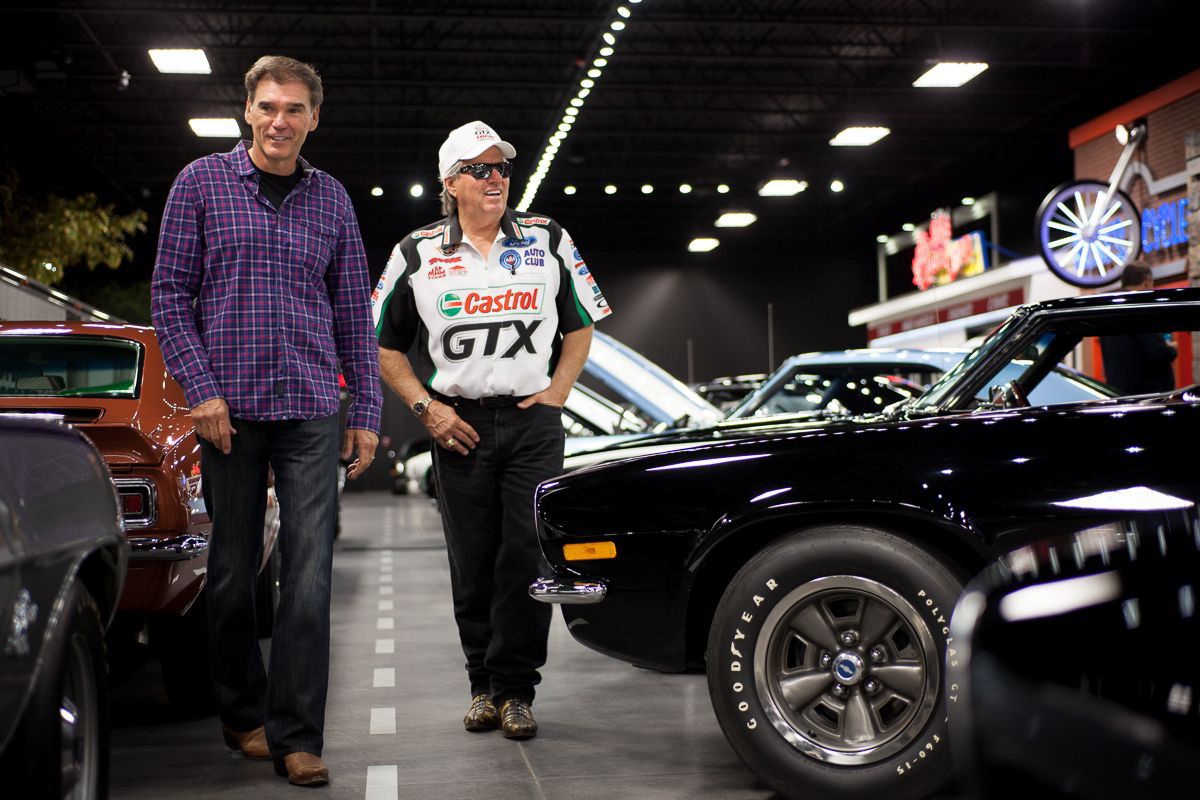
Fuel Curve: What form of racing do you think still exists in its purest form? By that, we mean what form is still close to its original inception?
Ray Evernham: Sprint cars and midgets, no doubt about it. Wither its USAC, World of Outlaws or All Star, no question. That form of racing, dirt or pavement, open-wheel sprint cars and midgets is still the closest thing to its original DNA.
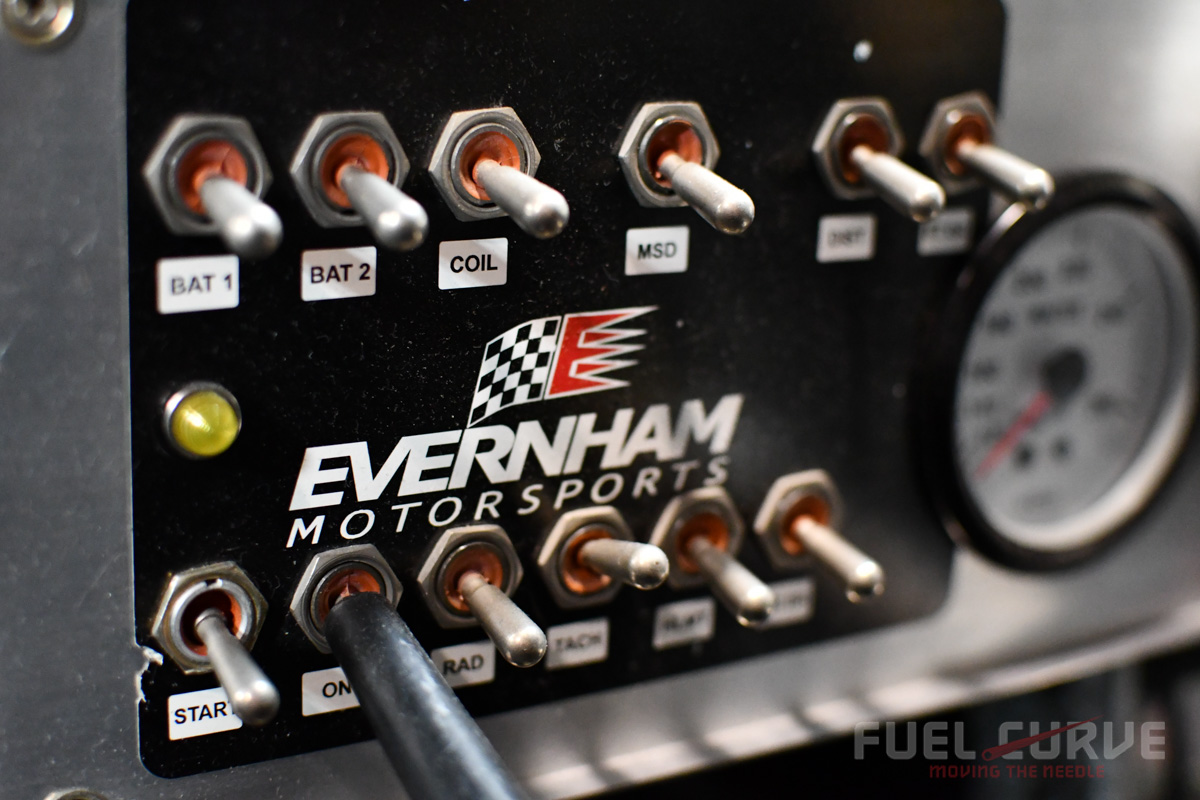
Fuel Curve: With the advent of self-driving cars in our future and the current trends like Uber what do you think is going to influence the next generation of car guys?
Ray Evernham: I think it’s still style and personal preference, whether you are driving it or not. I think autonomous cars are further away than people think, not because of the technology, the technology is available, I think it’s more politics and insurance that’s going to hold that back. But for car guys, I think it’s always going to come down to style and design. We don’t drive our houses but it’s all about style and design with them. We don’t drive our clothes, style, and design. But our cars are always going to be something personal to somebody. There are people who do look at them as purely transportation, but with us its style and design. Our cars are a social statement.
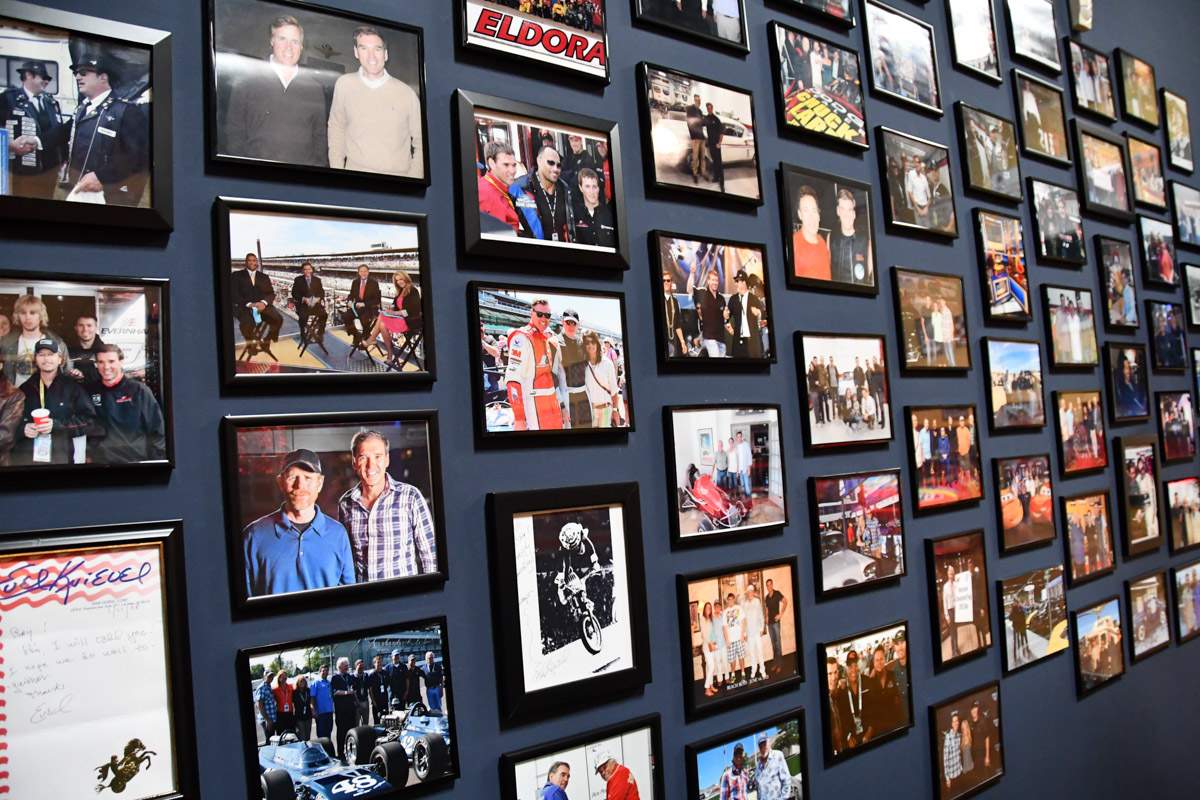
Fuel Curve: After retiring from racing as a team owner, what kept your interest in cars?
Ray Evernham: That was easy. I’ve just always been interested in cars. Now that I’m not spending one hundred percent of my time in NASCAR I can look into all types of cars. We have some drag cars and we were able to go sprint car racing. We also go road racing now and have even built some custom cars. It’s the perfect combination for me because I can take what we’ve learned, and what I’ve earned, over the past 30 years and do all cars now. As I’ve said before, I’m probably the weakest when it comes to classic or concourse 100 point restorations, but that doesn’t mean I don’t appreciate them. I love to look at cars, some of the incredible designs of the early Italian influence, the old Duesenbergs, the Cadillacs of the twenties and thirties. Those designs really inspire me. Probably not the type of car that I would work on, but it would certainly be a car I would go buy a ticket to see.
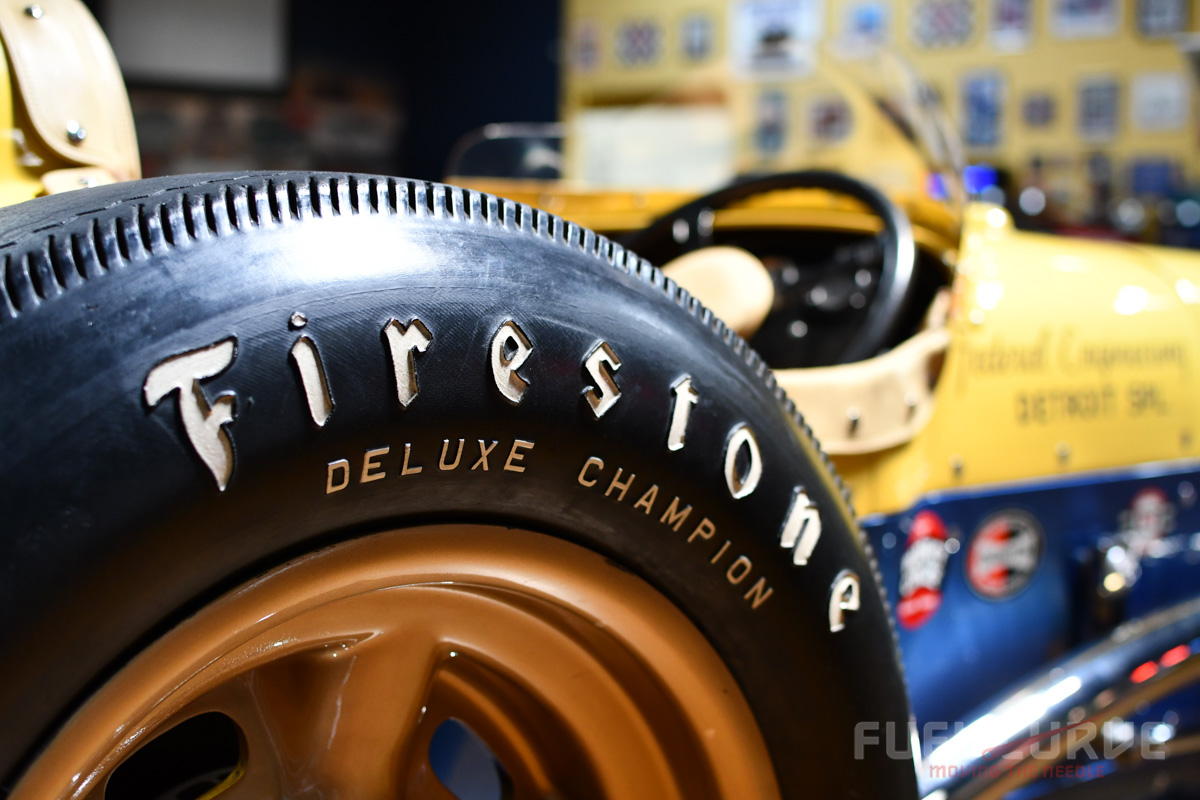
Fuel Curve: You have quite a collection/museum here in your shop. What was the first car you acquired that you would consider a collector car or was it something that didn’t even have collector status?
Ray Evernham: Well, the first collector car I acquired was a ’91 Acura NSX that I won off Rick Hendrick in a bet over the Brickyard 400. That was my first honest collector car and it will never leave my collection. The first race car collectible I acquired was that black number 98 midget that’s a 1947 Curtis. When I was a kid I remember this movie with Mickey Rooney called the Big Wheel. I still have copies of that movie now, and it was just incredibly inspiring to me. Mickey Rooney drove a car like that in the film so when that car came up for sale I bought it. We put it in storage for a while and then just recently had it completely restored, taking it to shows as well.
Fuel Curve: You have a vintage styled race car in the works; can you tell us more about that?
Ray Evernham: We were going to run these little vintage modified deals and I thought we were probably going faster than the car’s safety capacity, so I always wanted to build a car and always wanted a sedan. Growing up, the coupes and sedans were the cars that I thought were cool. So I wanted to build a sedan that looks like an old car but has all new technology. Then we got into the vintage road racing so I thought we needed to set up the sedan so it could run oval and road courses giving us more opportunities to race it. Well, then we got a little bit out of control, trying to show off everything that we could do around here. So it’s basically turned into a cross between a Trans Am 2 car and a NASCAR modified. Now our partners have gotten involved too. It’s our Hot Wheels car if you will; it’s a living breathing Hot Wheels car that we’re going to be able to run the wheels off of. There’s probably not a class for it so they are going to throw us in a catch-all called Group 10. We are going to be racing against old GTP cars and Formula 1 cars and stuff like that, but it’s OK, because we have a 1936 Chevy sedan bodied car what will probably run close to 200 miles per hour. I think that’s going to get people’s attention.
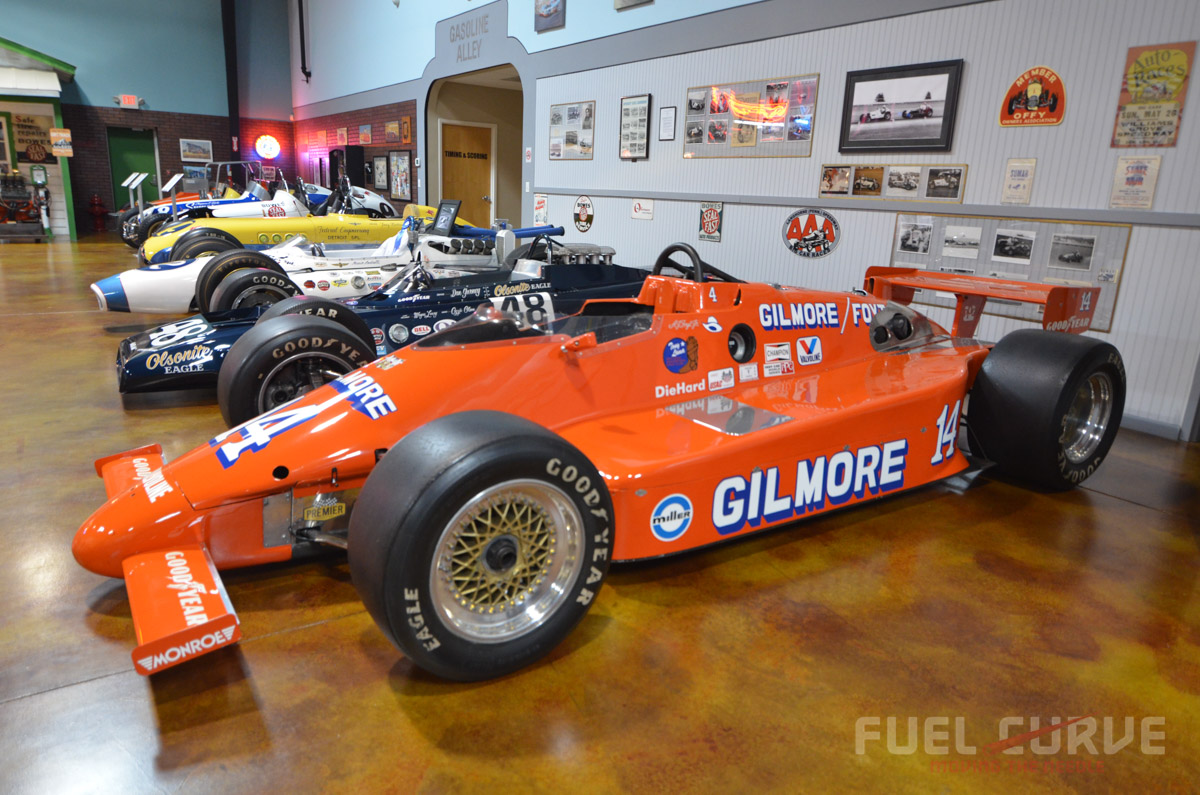
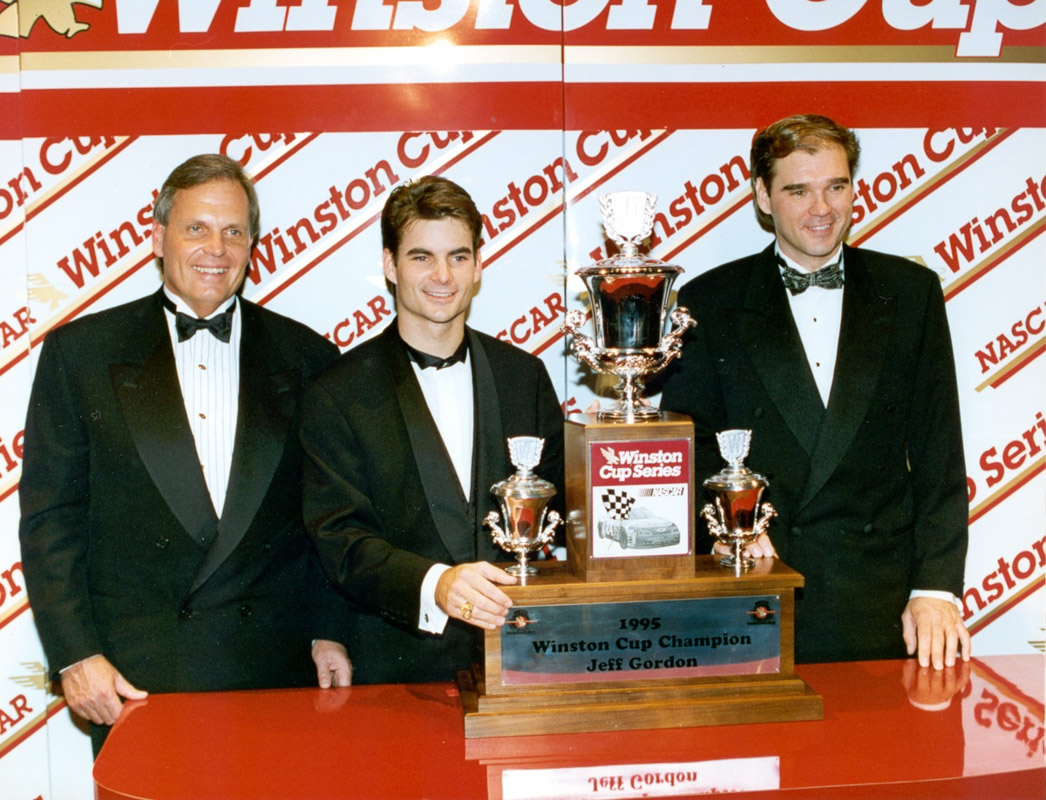
Thanks for your hospitality and sharing a few minutes with us. Your collection is awesome and we look forward to seeing it grow. We will also be awaiting the new season of AmeriCARna on Velocity!

